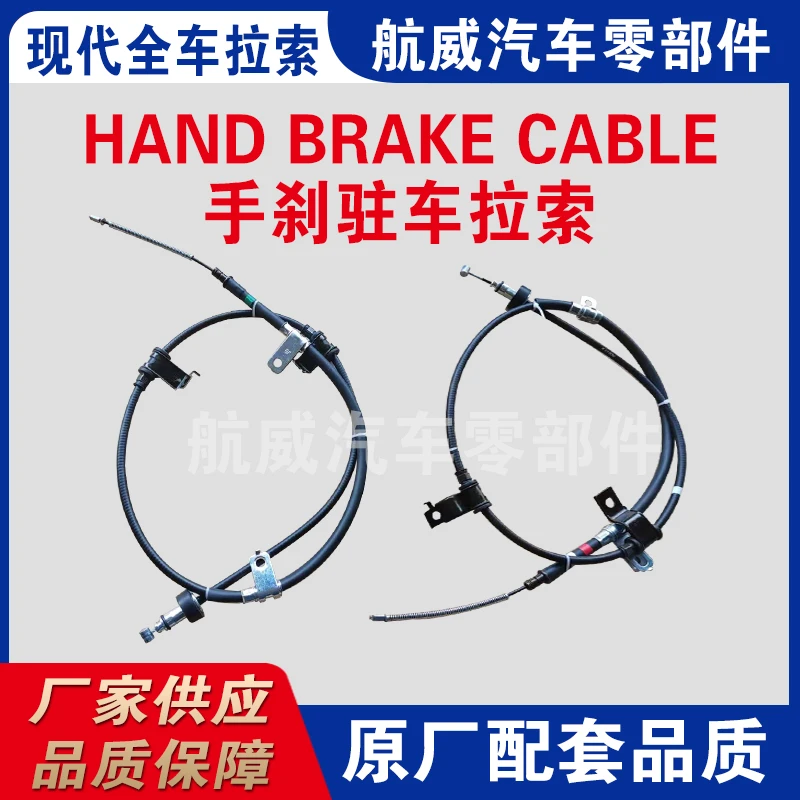Throttle control mechanism for optimized engine performance and smooth acceleration management
The Throttle Rod An Essential Component in Engine Performance
The throttle rod, a crucial element in the performance and control of an engine, plays a significant role in various types of vehicles, from cars to motorcycles, and even in small engines found in lawn equipment. Understanding the throttle rod's function, design, and importance can provide valuable insights into how our vehicles operate and the mechanics behind acceleration and speed control.
At its core, the throttle rod connects the accelerator pedal to the throttle body of an engine. When a driver presses the accelerator, this action pulls the throttle rod, which in turn opens the throttle plate within the throttle body. This opening allows air to flow into the engine, which is a vital component of the combustion process. The more air that enters the engine, the more fuel it can burn, ultimately increasing the power output and acceleration of the vehicle.
Throttle rods can vary significantly in design depending on the vehicle type and engine configuration. In older cars, throttle rods were often mechanical cables connected directly from the pedal to the throttle body, allowing for a straightforward and direct response. These systems, while simple, could suffer from wear and tear over time, leading to issues such as throttle lag or less responsiveness.
Modern vehicles, however, have largely transitioned to electronic throttle control systems, which utilize sensors and electronic signals to manage the throttle position. In this setup, the throttle rod is often replaced by electronic components that enhance precision and responsiveness. This system also integrates safety features, such as electronic stability control and adaptive cruise control, allowing for a more advanced driving experience.
throttle rod

One of the key advantages of electronic throttle control is its ability to eliminate mechanical linkage issues. Traditional throttle rods could become misaligned or damaged, resulting in inconsistent acceleration. With electronic systems, diagnostics can quickly indicate any faults, making maintenance easier. Additionally, these systems can adjust the throttle response based on driving conditions, improving both performance and fuel efficiency.
Despite the benefits of electronic systems, the traditional throttle rod still has its place, especially in performance vehicles and certain applications where direct mechanical feedback is preferred. Enthusiasts often appreciate the tactile response provided by a cable-operated throttle, as it delivers a more visceral connection between driver and machine. Some high-performance cars utilize adjustable throttle rods to enhance customization, allowing drivers to modify the sensitivity according to their preference.
The importance of a well-functioning throttle rod cannot be overstated. A faulty throttle rod, whether mechanical or electronic, can lead to a variety of issues, including reduced acceleration, erratic idling, and in some cases, complete engine failure. Regular inspections are essential, especially in older vehicles that use mechanical systems. Drivers should be aware of any changes in throttle response, as these can serve as early indicators of throttle rod problems.
In conclusion, the throttle rod, whether mechanical or electronic, is a vital part of a vehicle's engine system. It directly influences the interaction between the driver and the vehicle, affecting acceleration, speed, and overall driving experience. With advancements in technology, the evolution of the throttle control system reflects the growing demand for precision and performance in modern vehicles. Understanding this component not only helps in appreciating the intricacies of engine mechanics but also emphasizes the importance of regular maintenance to ensure safety and functionality. Whether you're a car enthusiast or a casual driver, the throttle rod stands as a testament to the blend of engineering and innovation that propels our automobiles forward.
-
Workings of Clutch Pipe and Hose SystemsNewsJun.04,2025
-
The Inner Workings of Hand Brake Cable SystemsNewsJun.04,2025
-
The Secrets of Throttle and Accelerator CablesNewsJun.04,2025
-
The Hidden Lifeline of Your Transmission Gear Shift CablesNewsJun.04,2025
-
Demystifying Gear Cables and Shift LinkagesNewsJun.04,2025
-
Decoding Clutch Line Systems A Comprehensive GuideNewsJun.04,2025
